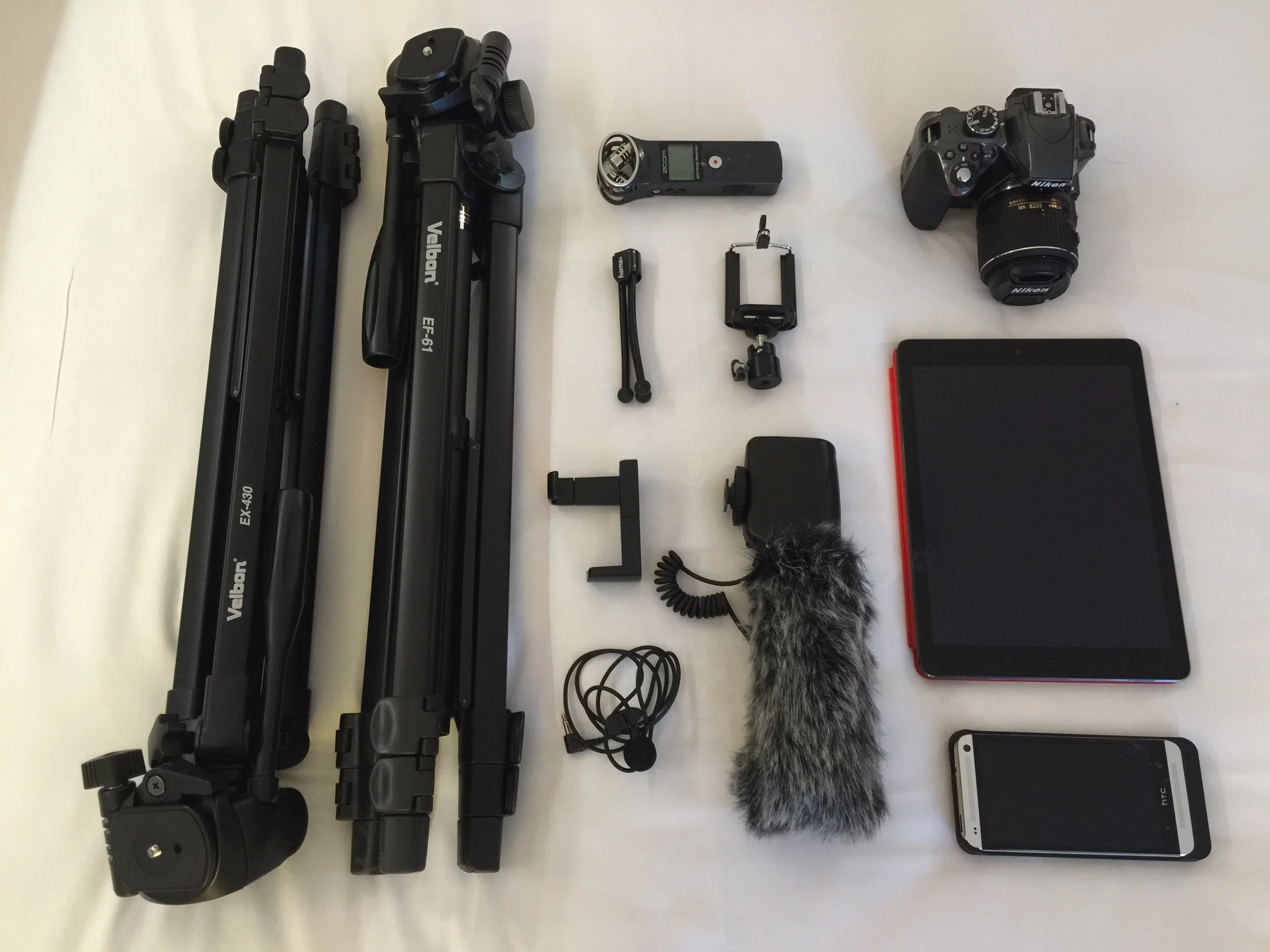Positive results continue to evade the first team. On Sunday we were dumped out of the Scottish Cup by a stronger side. We scored 135-9 in 50 overs and they got them in 22 overs with four wickets down.
Despite the comprehensive loss, it was a positive day. The team dug in to put a target on the board, then stayed positive even during an onslaught by the opposition openers of 54 runs in seven overs. The atmosphere was confident and relaxed and people worked hard for each other.
As is always the case, when we batted we struggled to turn starts into scores, and build partnerships. Three of the top six scored 16 or more and you have to have at least one to go on to score 50 plus if you want a decent total. The conditions favoured batting. We also only had two partnerships of more than 20.
That said, the intent from all but one batsman was positive. I asked guys to look for singles, be turning hard every time for another run and find ways to score easily. This was a huge step forward in the progression of the batting unit.
When we bowled, their openers looked to go hard. This was reflected in one opening bowler going for 38 in his four overs. At the other end we tried nine balls in a row of short stuff. This was effective with two bouncers causing a real problem in particular. Then one opener tried to hook and nailed it for six. After that we looked to pitch it up with the keeper up to medium pace. I was happy with the tactics and the shift when they stopped working. In hindsight, perhaps we should have abandoned the idea of a gentle medium pace bowler taking the new ball after the first over went for 15.
We brought on spinners who took some wickets later than was possible to seriously consider winning. The first wicket fell at 121. Again in hindsight, with three spinners in the side (although one was on debut) perhaps we could have turned to spin before the score was 57. But these are minor things, and creative ideas that just didn't work out. The fact is they batted us out of the game in the first 10 overs without making any risky moves. They went hard and hit it cleanly.
We fielded well, with a couple of small fielding errors late on, but no chances dropped and some wonderful throws from the boundary. The ring fielding was tight. We showed we were well drilled and athletic right until the end. This was also reflected in the atmosphere. The encouragement for the bowling kept up through the innings and I felt we were tight together as a unit with no negativity. There was a brief quiet period when they got to 100 without loss and I could feel a collective acceptance the game was gone. But we perked up and took four wickets in the last three overs.
So, in terms of my checklist we did most things right. We batted with intent, we fielded tightly and bowled to a plan. We had a good atmosphere with everyone working for each other and having fun.
We can still improve. We need the top four batsmen to focus on being a bit selfish and making a big individual total. We need to think slightly faster on a tactical note.
We need to make sure the atmosphere is happy and friendly from here on in. Everyone must understand and respect each other's role. You cannot apportion blame or talk behind people's backs. I have heard a non-credible rumble that some people are in a "be nice, say nothing" mindset. If that is the case - and I'm not convinced it is - then we need to keep talking to each other and helping each other improve rather than quietly fuming about some unspoken issue. Conflict is fine and normal in a team, but it must be in the open.
If I'm right, we are almost there (the second team is totally there). And it will remain one of my points of focus until we nail it. This match was a step toward.
Lastly, a young batsman and leggie made his debut, batted at seven and didn't look out of his depth. He holed out going big early, which I took as a sign of confidence and lack of game sense. He will learn the latter if he has the former. I was quietly happy. He also took two wicket in his first over and took a round of applause in the dressing room. He has potential.









